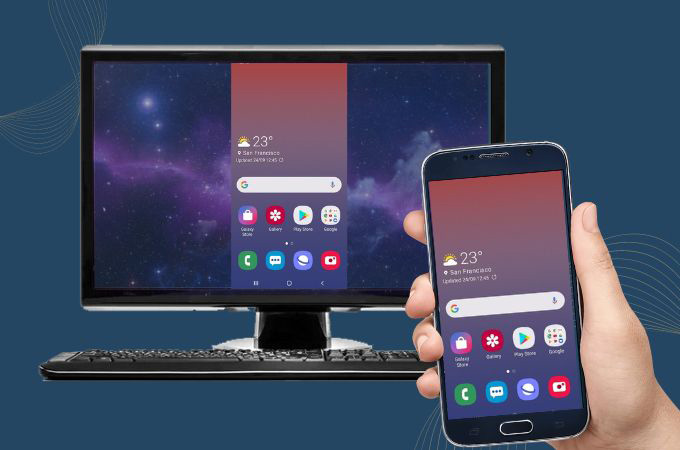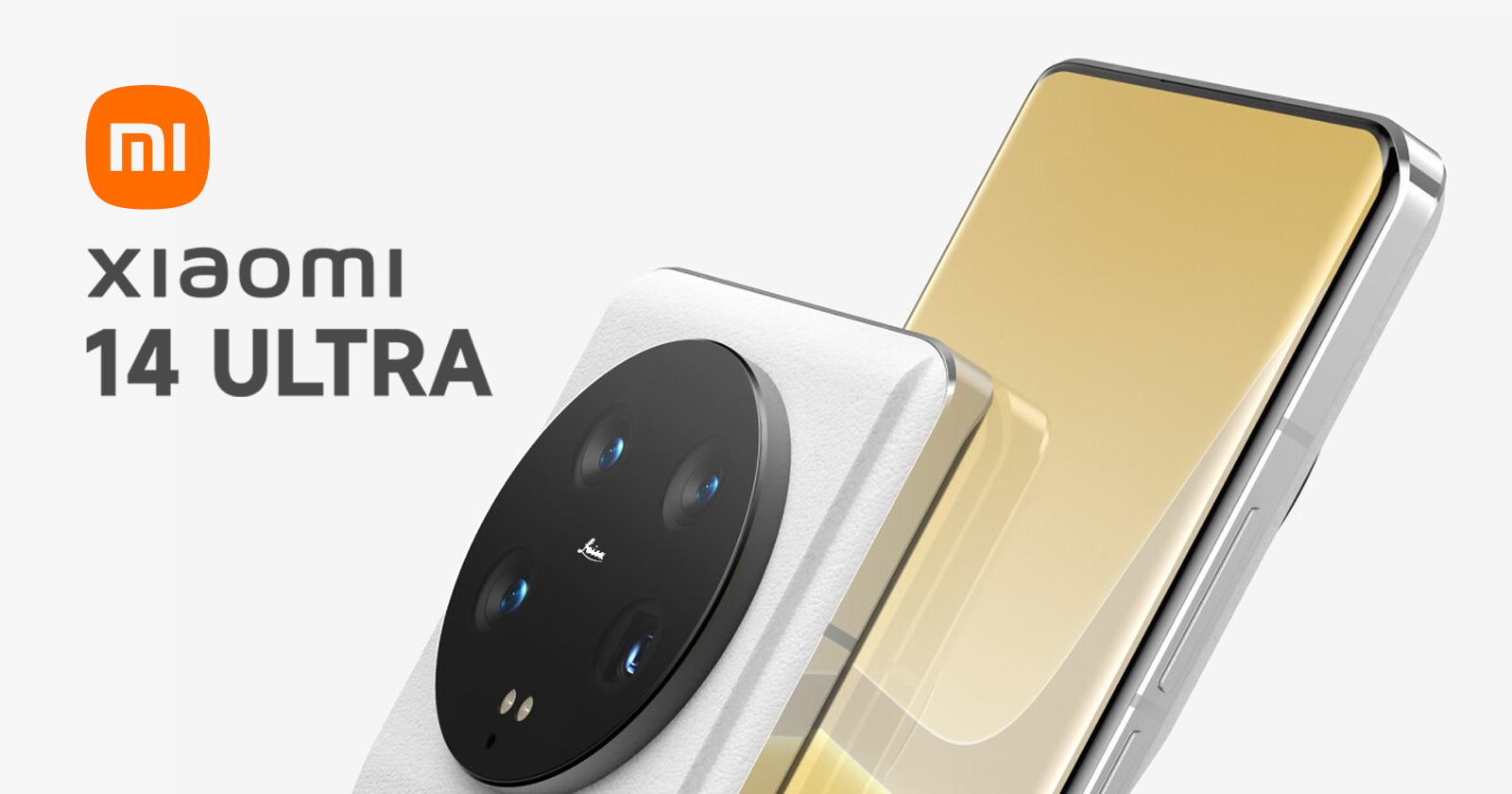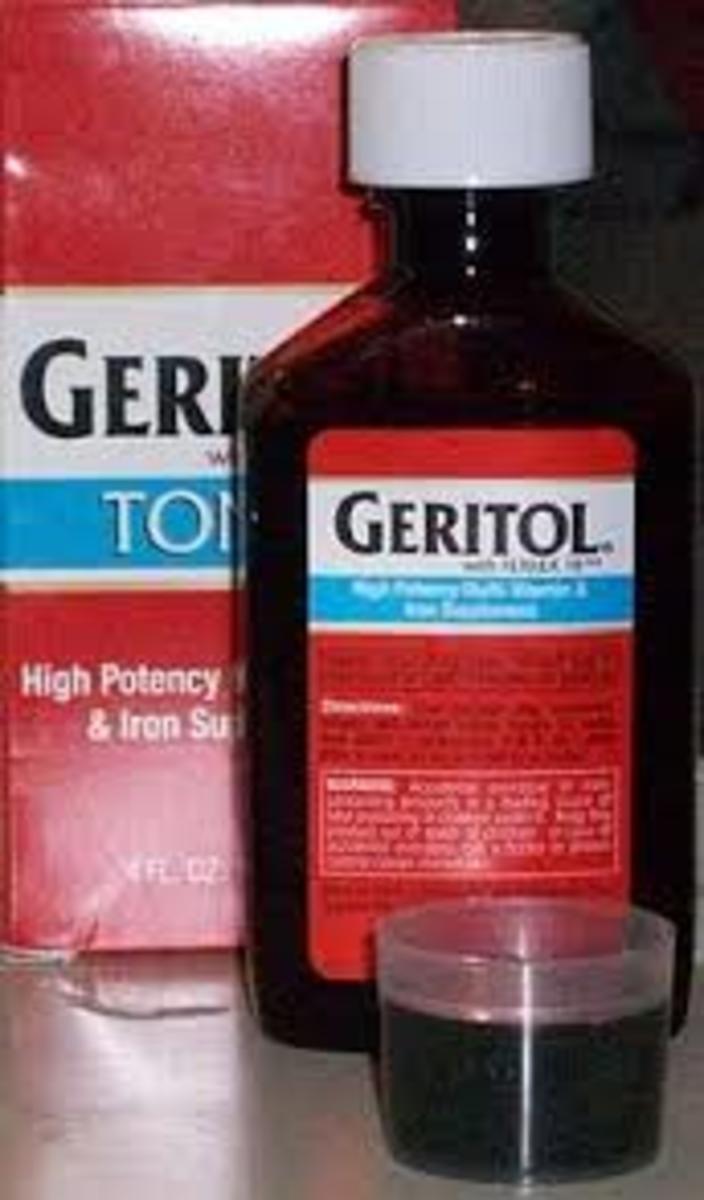These OS versions practically do not differ in the number of active processes
There is a popular belief among users that Windows 10 Home is faster, uses fewer resources and takes up less space on the HDD of a computer than Windows 10 Pro. And therefore, Windows 10 Home is preferable for installation on low-power PCs. However, a simple test showed that this is a delusion.

Is Windows 10 Home better for older computers than Windows 10 Pro? A simple test answered this question
The experiment consisted of checking the download speed, counting the number of active processes, and determining the HDD occupied space when installed on Windows 10 Home and Windows 10 Pro PCs. For these purposes, a PC was taken with a Ryzen 5 1600 processor, 4 GB of RAM, and a hard drive with only 60 GB capacity. What are the results of the test?
It turned out that Windows 10 Home boots in 19 seconds, has 125 active processes, takes up 1.6 GB of RAM and the same 4 GB, and takes 18 GB on the HDD. For comparison, Windows 10 Pro boots in the same 19 seconds, has 130 active processes, uses 1.7 GB of RAM for its needs and takes up 18.2 GB of hard disk space (and this is even though various functions in Windows 10 Pro much more).
Takeaway: Windows 10 Home and Windows 10 Pro are equally suitable for weak computers, and neither of these versions has clear performance advantages. They also consume PC resources to the same extent.









